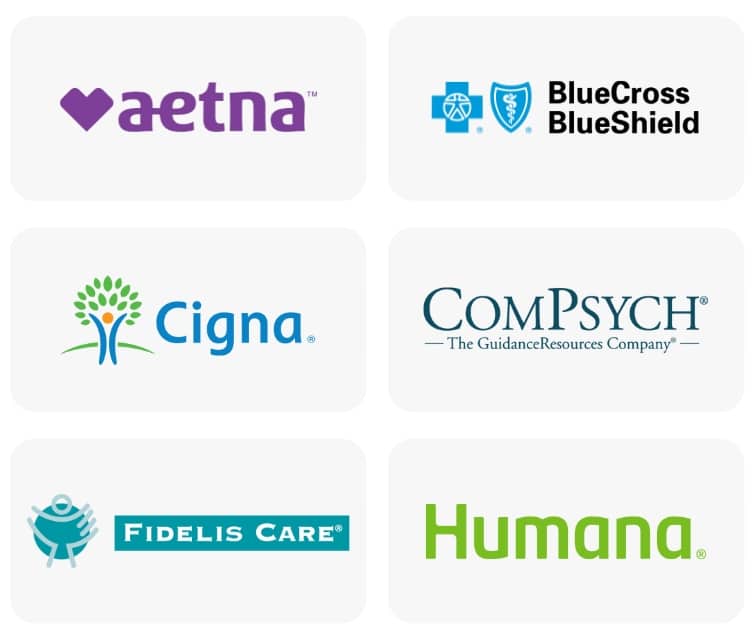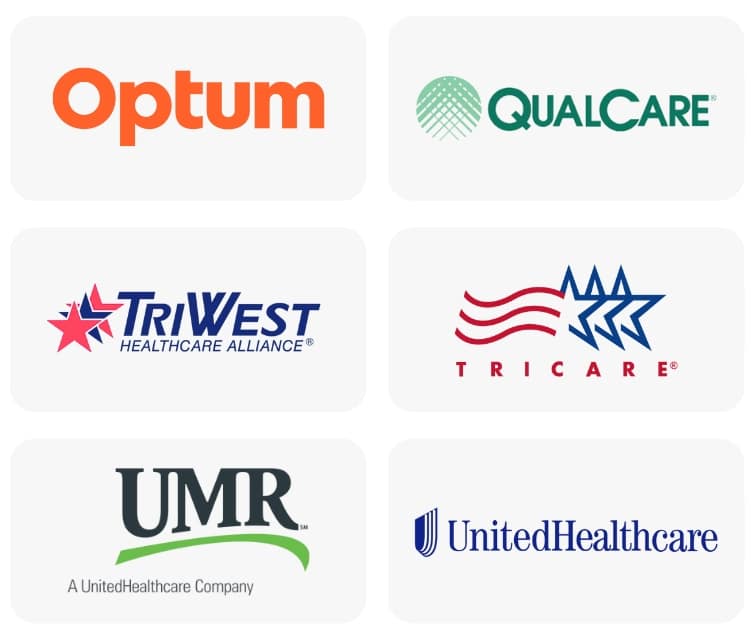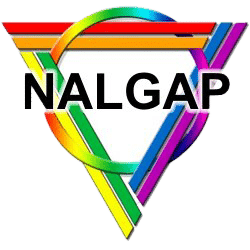People around the world are battling with coronavirus disease (COVID-19). We should all be aware that it could crash head-on with some people with substance use disorders (SUDs), especially hard. When comparing the rates of infection and addiction, the coronavirus pandemic and the opioid epidemic inordinately impact the poorest and most defenseless members of society.
People who inject substances typically have a weakened immune system. For some, it’s due to repeated exposure to viruses like hepatitis B and C. They may also have infections at the injection site that drain their body’s reserves. And they may make poor choices while under the influence like not maintaining cleanliness, especially after going out in public.
The public health group, Well Being Trust, projected that 75,000 Americans would die from overdose and suicide as a consequence of the pandemic.
Who Does It Affect the Most?
- Smokers—Those people who smoke tobacco, marijuana, or vape.
- People with opioid use disorder (OUD).
- People with methamphetamine use disorder.
- People with chronic obstructive pulmonary disease (COPD).
- People in recovery from a substance use disorder.
The Chain Reaction of Opioid Use and COVID-19
- Individuals who use opioids at high doses either medically or who have OUD have separate demands on their respiratory health;
- opioids act in the brain to slow breathing, which puts the user at risk of life-threatening overdose. It might also cause a decrease in oxygen in the blood;
- lack of oxygen for extended periods can be extremely damaging to the brain;
- chronic respiratory disease is known to be a factor in increasing overdose deaths among people using opioids;
- therefore, the reduction in lung capacity from COVID-19 could endanger these people in the same way.
Social Determinants of Health
Other risks for people with OUD are included in what is termed “Social Determinants of Health.” Conditions in the places where people live, learn, work, and play have a part in their health risks and outcomes. People with an addiction are more in danger of catching the coronavirus and having a more severe disease if they do.
Under- or Uninsured—Individuals who have already experienced serious health and socioeconomic issues. People with addictions are more likely to be poor, smokers with lung or cardiovascular disease. Some of the 30 million people who have filed new claims for unemployment may lose their insurance coverage and the ability to pay for care.
Limited Access to Healthcare—People with addictions are at a greater risk for many illnesses. But with the onset of COVID-19, hospitals and clinics are being pushed to their capacity. People with addiction, who are already stigmatized and underserved by the healthcare industry, will suffer even bigger obstructions to treatment. Many of the clinics that provided needle exchange services or walk-in treatment have reduced their hours or even closed.
Likelihood of Incarceration–There are also millions of incarcerated people in jail due to their addiction and related nonviolent drug offenses. An environment such as a prison is a potent breeding ground for COVID-19 because of the typically overcrowded conditions.
Housing Insecurity—Homelessness exposes people to surroundings where they are in close contact with other people at high risk for infection.
Disturbance in Treatment and Support Systems–Self-quarantine and other public health measures can disrupt access to clean needle services, medications, and other support services necessary to individuals with OUD.
A common motto in recovery culture is that “addiction is a disease of isolation.” Social distancing is contrary to most efforts to engage in a recovery community. There is a difference between social distancing and physical distancing.
We need to keep physical distance but make an extra effort to maintain social bonds. The social isolation so necessary to prevent the spread of COVID-19 prevents people from attending peer support groups, which are a vital source of support to people struggling to stay in recovery.
Stress + Cravings – Support = Relapse
A team of academics from Indiana University conducted a study to find out how people with substance use disorders are managing their recovery during the COVID-19 pandemic. Half of the people in the study had OUD. The other half had a combination of other substances and alcohol use disorders.
The study subjects were asked to rate their perceived chances of infection from COVID-19. They rated their chances at 63%–more than double the rating from the general community. Coincidentally, nearly two-thirds (also 63%) of the study group also reported preexisting conditions in themselves or members of their household. This puts them at a higher risk for COVID-related difficulties.
Seventy-eight percent of the group reported higher stress than before the coronavirus pandemic. This was mainly due to increases in job or family responsibilities (42%), or job reductions or losses (30%).
The change in routine, along with unregulated free time, make a recovery a more difficult situation. The extra stress adds to feelings of loneliness and frustration. Stress can worsen substance cravings and contributes to relapse. About 20% of the study group described increases in cravings, and 17% admitted to using substances since the start of the pandemic. Unfortunately, this may foretell an increase in relapse rates as COVID-19 continues.
Loss of Supports
Some of the study participants reported the closing of sober living homes and postponement of in-person support meetings and early dismissals from treatment centers. Limiting these important supports causes substantial challenges for continuing abstinence.
Most people reported attending support meetings online or by phone. But there is a small percentage that doesn’t attend meetings of any kind due to the cancellations, perceived reductions of support, or because the meeting setting is just “not the same.” For these people who have lost their support communities, the risk of relapse is substantial.
Medication Limits
Overdose reversal medication like Naloxone saves lives from opioid overdoses. Some locales are decreasing the use of overdose reversal medications by first responders to limit the transmission of COVID-19.
Individuals with opioid use disorder depend on lifesaving opioid replacement medications. Urine monitoring is often required to make sure the medications are not being redirected to nonmedical use. But now, the once-routine visits are being limited. The government has had to develop new guidelines to lighten some of the restrictions and enable treatment with the replacement medications in spite of limited supervision.
Solutions During the Pandemic and Beyond
Since March, federal officials have done more to reform addiction medicine than in the past twenty years. They have increased access to some treatments far more quickly and completely than any reforms passed at the height of the opioid epidemic.
The Program in Addiction Medicine at Yale University gives some guidelines for treatment during the pandemic. Options include:
- Reduce monitoring requirements—This allows take-home doses of opioid replacement medication. Prepare people for limited syringe exchange programs and raise awareness of bloodborne diseases caused by sharing needles.
- Maintain interpersonal connection—For some people, online meetings are not helpful. Phone calls, old-school letters, and other personalized contacts may be important in keeping up support networks.
- Engage the community—Groups and individuals looking for ways to contribute can contact local agencies to coordinate donations of letters, masks, or other expressions of encouragement for distribution among clients.
- Recovery support—We need to support people in recovery who need access to health care, safe housing, and community. Then we need to remember those needs in the future after the pandemic becomes a bad memory.
Telehealth
Many doctors are taking advantage of new regulations that allow them to prescribe buprenorphine without evaluating patients in person—conducting visits by video chat or even by phone.
Patients can text doctor and drug counselor, get an evaluation on Face Time and get a prescription written and filled. These things that would have been illegal a few months ago.
For some doctors, telehealth visits allow doctors to gain insight into their patients’ living circumstances that might have been missed previously. One doctor discovered that his patient was currently living in a car. He was able to put his patient in touch with a housing agency.
Doctors can reach out to patients with the most urgent needs. Office staff can contact patients with opioid addiction and determine their adherence to their treatment plan and make sure they are getting their medications as needed.
In New York City, some clinics are delivering methadone by courier, which is a complete change from the previous regulation of methadone, which had to be prescribed daily in person.
Organizations such as Narcotics Anonymous are offering online and phone meetings in addition to in-person sessions.
People who were working with a therapist before the shutdown started can often continue treatment with their provider by telephone or computer.
The Great Equalizer?
Some people are referring to COVID-19 as the great equalizer because a virus doesn’t discriminate based on income. This could not be further from the truth. The virus has revealed how depressing income differences have grown in America and the effect it has on public health.
If any good has come out of the misery of the combined COVID-19 and opioid epidemics, it may be that it has clearly illustrated the deadly social gaps—poverty, income inequality, lack of health insurance and access to healthcare, and homelessness—that are the social determinants of health we will need to discuss as part of an effective response to future pandemics.
Where You Can Find Help
This is a really confusing time. More so, if you are suffering from an opioid or any other addiction. There are solutions and Footprints to Recovery is ready and waiting to answer your questions. Don’t wait. Make a commitment to yourself today.








